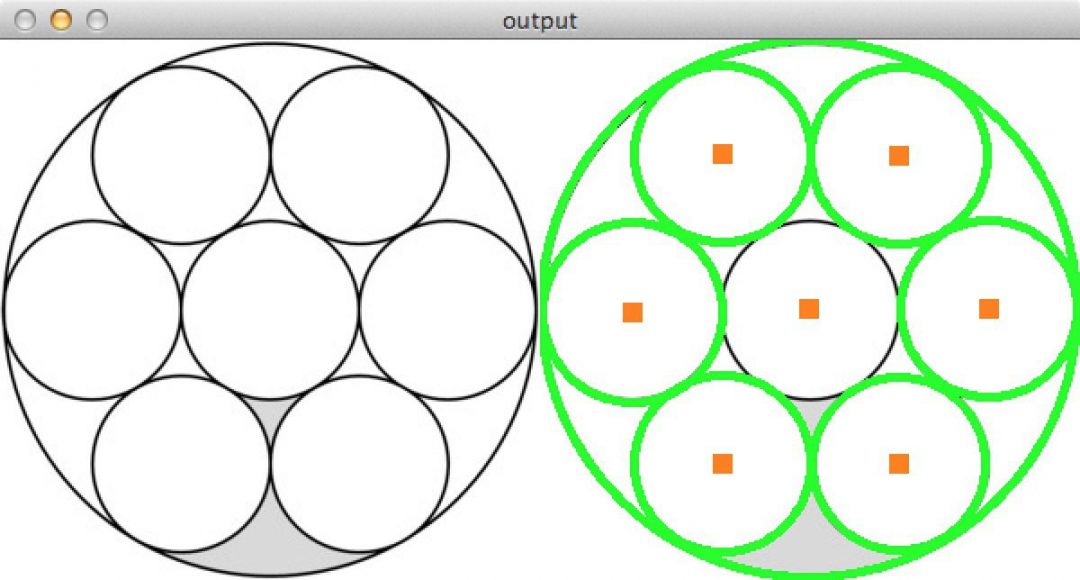
Fiber outlines are visualized using a variety of techniques, including hematoxylin and eosin staining, laminin immunostaining, dystrophin immunostaining, and wheat germ aggluttinin staining. Muscle fiber size is routinely evaluated using fixed or frozen tissue sections. These conditions primarily reflect hypertrophy or atrophy of individual fibers rather than hyper- or hypoplasia. Muscle mass may be increased in response to resistance training or with potential pharmacological agents like myostatin inhibitors, while muscle atrophy occurs in response to disuse and injuries such as denervation.
#ROUND MATLAB 2014A SOFTWARE#
The goal of this work is to provide a widely available image processing software package specifically designed for muscle histological analysis.Īltering muscle fiber size is one of the primary methods in which muscle responds to external stimuli.

#ROUND MATLAB 2014A MANUAL#
However, the methods for this quantification remain disparate among investigators and often require painstaking manual procedures. These are often quantified using histological techniques. Skeletal muscle has a robust ability to adapt to the pattern of use and to regenerate following injury. This program is the first freely available and open source image processing program designed to automate analysis of skeletal muscle histological sections. The results of the program have been validated using a small set of wild-type and mdx muscle sections.
#ROUND MATLAB 2014A CODE#
The output of the code provides data in accordance with established standards of practice. The program allows for semi-automated fiber detection along with user correction. The MATLAB code described and provided along with this manuscript is designed for image processing of skeletal muscle immunofluorescent histological sections. Centrally nucleated fibers were highly prevalent in mdx muscle and were significantly larger than peripherally nucleated fibers.

The mdx muscle had a significantly greater proportion of type I fibers, but type I fibers did not change in size relative to type II fibers. In accordance with previously published data, fiber size was not different between groups, but mdx muscles had much higher fiber size variability. These functions were evaluated on stained soleus muscle sections from 1-year-old wild-type and mdx mice, a model of Duchenne muscular dystrophy. Establishing parameters set by the user, the software outputs data on fiber size and type, centrally nucleated fibers, and other structures.

Initial segmentation and fiber filter functions segment the image and remove non-fiber elements based on user-defined parameters to create a fiber mask. The software consists of multiple functions designed to provide tools for the analysis selected.

In order to provide this service to the muscle research community we developed an open source MATLAB script to analyze immunofluorescent muscle sections incorporating user controls for muscle histological analysis. While standard operating procedures have been developed to guide analysis of many of these parameters, the software to freely, efficiently, and consistently analyze them is not readily available. These parameters reflect functional properties of muscle and undergo adaptation in many muscle diseases and injuries. Histological parameters including fiber distribution, fiber type, centrally nucleated fibers, and capillary density are all frequently quantified measures of skeletal muscle. Histological assessment of skeletal muscle tissue is commonly applied to many areas of skeletal muscle physiological research.


 0 kommentar(er)
0 kommentar(er)
